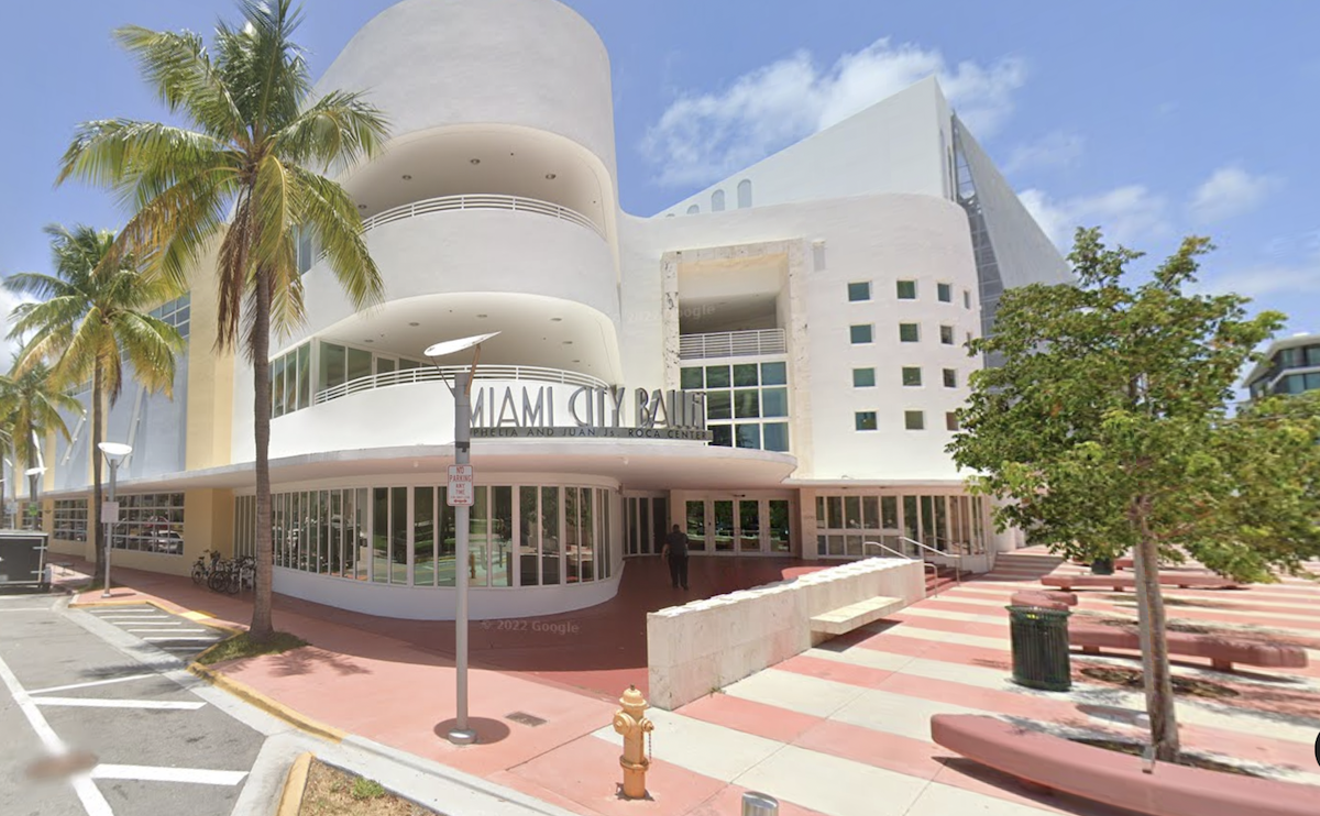Florida Power & Light, Miami's regulated electricity monopoly, has been collecting extra fees from its customers (everyone in South Florida and the state's east coast) since Hurricane Wilma hit in 2005 to gird its power grid against tropical storms. But after Hurricane Irma knocked out power to roughly 90 percent of FPL customers last week, residents became upset — and cities including Coral Gables and Pinecrest threatened to sue FPL if it didn't get the cities' power back by Sunday night.
Today two South Miami-Dade residents beat those cities to the punch by announcing plans to file a class-action lawsuit against the power company for what they claim was a decade of poor planning and wasted "resiliency" money.
"This complaint is going to bring to light what FPL is all about," lawyer Gonzalo Dorta said at a news conference in South Miami-Dade today. "FPL basically, on the back of its customers, [is] financing this company that no one can compete against — it's a monopoly. And they're receiving millions of dollars from their consumers who are receiving nothing in return."
FPL, however, maintains it was able to restore power to residents four times faster than it did after Hurricane Wilma in 2005. A court will now decide whether the company has spent its money wisely for the past 12 years.
Dorta said FPL's allegedly inadequate preparation for Irma made him question whether the company should continue to receive special treatment from the Florida Legislature, which regularly proposes laws favorable to the company's bottom line. (Those laws have, at least in one case, been written by FPL employees.)
Dorta's colleague, John H. Ruiz, noted that FPL's allegedly lax storm-preparation methods "impact[ed] more than 4 million" FPL customers, thus meriting a class-action suit. The lawyers questioned why FPL did not work harder to bury more power lines underground in the 12 years since Wilma; they noted that many areas with underground power lines either did not lose power or regained power far faster than other areas. Had FPL done more to prepare, the legal team claims, perhaps eight elderly people might not have died in a Hollywood nursing home last week. The lawyers also say FPL did not do nearly enough to trim trees and keep lines reinforced in the days before Irma hit.
"Hurricanes are announced beforehand," Ruiz noted.
The two plaintiffs — Sandra Speier and Octavio Fernandez — say they lost power Sunday morning and still don't have electricity in their homes. They're suing FPL for breach-of-contract: If the company charged customers to increase its "storm resiliency," they argue the grid should have been far more "resilient" during the storm.
"They've been charging us storm-recovery fees," Speier said. "They're going to try to add a storm-recovery fee for this too." (Speier said she once briefly worked for FPL as a temp.)
FPL originally said all of its customers on the east side of the state would have power back by Sunday night. But on Saturday, the company "updated" its projections and warned that many customers in the southern half of Miami-Dade County would not get their electricity back until Tuesday. ("Powerless Get Hotter as FPL Blows Restoration Deadline," a headline in the typically tame Miami Herald read today.) As of 7 this morning, 53,380 Miami-Dade residents still did not have power.
FPL says that between hurricanes Wilma and Irma, the company spent more than $3 billion hardening its power grid to prevent major damage from future hurricanes. Residents across Florida are now asking where all of that money went. Most of Miami-Dade County experienced winds equivalent to that of only a Category 1 or 2 storm — now many people worry what Miami would look like right now had Irma's eye wall hit the center of town.
During Wilma, 3.24 of FPL's then-4.3 million customers (about 75 percent) lost power, many for more than two weeks. Twelve years later, the larger Irma knocked out 4.4 of FPL's now-4.9 million customers — about 90 percent. FPL was able to restore power for most of its customers within a week, but tens of thousands still remain without electricity, and many harder-hit FPL customers in Southwest Florida will likely still be powerless for roughly two weeks or more.
FPL regularly raises rates on customers in the name of storm resiliency and for years has run PR campaigns and TV ads bragging about its storm readiness. In the meantime, the company regularly makes more than $1 billion in pure profit per year. In 2016, the company made $1.7 billion.
Angry residents — many of them sweltering in their homes without electricity all week — are now asking why the company deserves to rake in billion-dollar profits if its electrical grid cannot handle Category 1 or 2 winds.
"They spent a lot of time advertising that they were ready," Speier said today. "Obviously, they weren't."
[
{
"name": "Air - MediumRectangle - Inline Content - Mobile Display Size",
"component": "19274298",
"insertPoint": "2",
"requiredCountToDisplay": "2"
},{
"name": "Editor Picks",
"component": "17482312",
"insertPoint": "4",
"requiredCountToDisplay": "1"
},{
"name": "Inline Links",
"component": "18711090",
"insertPoint": "8th",
"startingPoint": 8,
"requiredCountToDisplay": "7",
"maxInsertions": 25
},{
"name": "Air - MediumRectangle - Combo - Inline Content",
"component": "17482310",
"insertPoint": "8th",
"startingPoint": 8,
"requiredCountToDisplay": "7",
"maxInsertions": 25
},{
"name": "Inline Links",
"component": "18711090",
"insertPoint": "8th",
"startingPoint": 12,
"requiredCountToDisplay": "11",
"maxInsertions": 25
},{
"name": "Air - Leaderboard Tower - Combo - Inline Content",
"component": "17482313",
"insertPoint": "8th",
"startingPoint": 12,
"requiredCountToDisplay": "11",
"maxInsertions": 25
}
]












